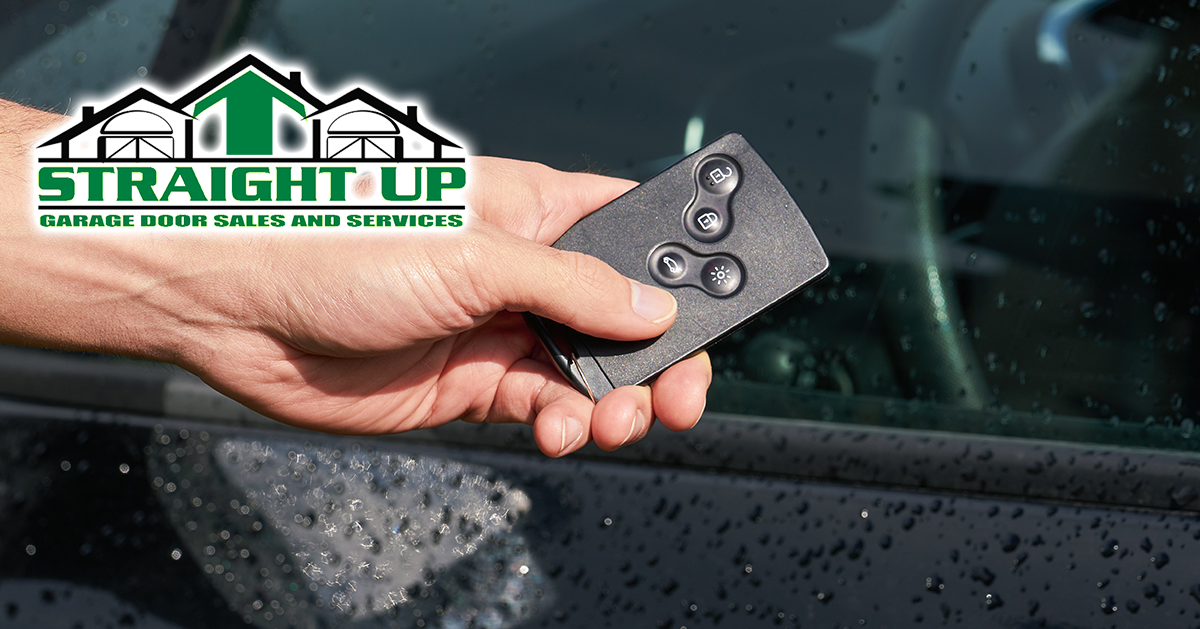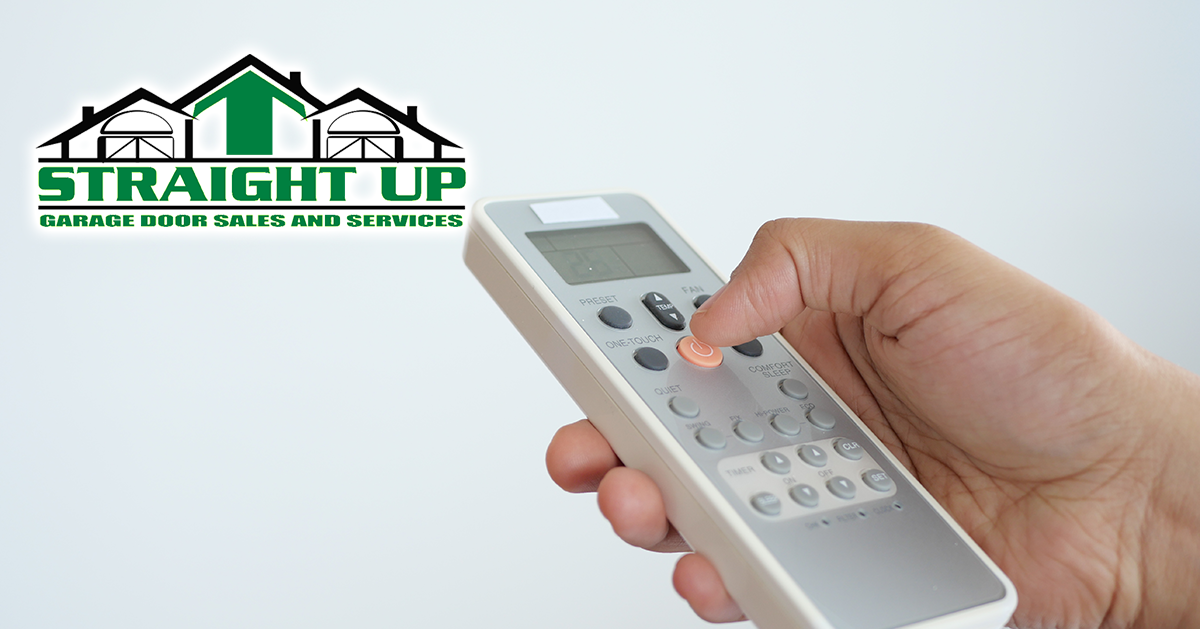Mastering the Art of Garage Door Remote Control Troubleshooting: Your Ticket to Hassle-free Access
Arriving home after a long day only to find your garage door remote control isn’t working can be frustrating. But fear not, as we’re here to guide you through troubleshooting the most common issues with your garage door remote control. This comprehensive guide will help you regain the convenience and security that a properly functioning remote control provides.
Battery Check and Replacement
One of the primary culprits behind a malfunctioning garage door remote control is a weak or dead battery. Start by opening your remote control and checking the battery’s condition. If it’s past its prime, replace it with a fresh one. Ensure the new battery is correctly inserted and secure within the remote control. Sometimes, even with a new battery, a loose connection can cause issues. In such cases, gently clean the contact points between the battery and the remote control to remove any residue or oxidization that may be affecting performance.
Reprogramming and Syncing
If replacing the battery didn’t solve the issue, the next step is to reprogram and sync your system to the opener. Locate the “Learn” or “Sync” button on your garage door opener motor unit. Press and hold this button until the light indicator starts flashing. Then, press the desired button on your remote control within 30 seconds of activating the “Learn” mode. Once successfully synced, your remote control should operate seamlessly. To avoid interference issues, keep your remote control away from other electrical devices and ensure all buttons are pressed individually.
Signal Strength and Range
A weak signal strength or limited range can cause your system to fail. To test the signal strength, stand closer to the garage door and try operating it using the remote control. If it works, the issue might be related to signal interference or range limitations. Check for nearby sources of electromagnetic interference, such as large appliances or wireless devices. Relocating these items or adding shielding materials can help improve the signal strength. Additionally, ensure that there are no physical obstructions between the remote control and the garage door opener, as this can disrupt the signal.
Keypad Compatibility and Troubleshooting
If you have a keypad installed for remote-free access to your garage, ensure that it is compatible with your garage door opener. Some keypads and openers require specific programming or compatibility settings to function together effectively. Refer to your garage door opener’s manual or consult with a professional for guidance on programming and troubleshooting keypad-related issues. Check for any physical damage, loose connections, or worn-out buttons on the keypad itself. If necessary, replace the keypad to restore convenient access to your garage.
Seeking Professional Assistance with your Garage Door Remote Control
While these troubleshooting steps can resolve many common issues, some problems may require professional expertise. If you’ve tried these solutions and are still experiencing difficulties with your system, it’s time to call in the experts. Professional garage door technicians have the knowledge, experience, and tools to diagnose and resolve more complex issues quickly and efficiently.
Conclusion: Ensuring Smooth Operation of Your Garage Door Remote Control
By following these troubleshooting tips, you can overcome many common challenges that arise with garage door remote controls. From simple battery replacements to reprogramming and addressing signal issues, you now have the knowledge to tackle these problems head-on. Remember, regular maintenance and prompt attention to any issues can help prevent more significant problems down the line. If you find yourself in need of professional assistance, don’t hesitate to reach out to a reputable garage door service provider. With their expertise, you can ensure your garage door remote control operates flawlessly, providing you with the convenience and security you deserve.





